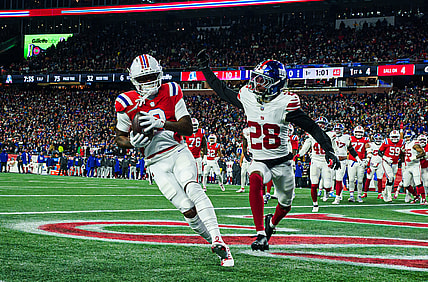
Dak Prescott has a special message for the Detroit Lions ahead of the Dallas Cowboys' matchup with them on Thursday…
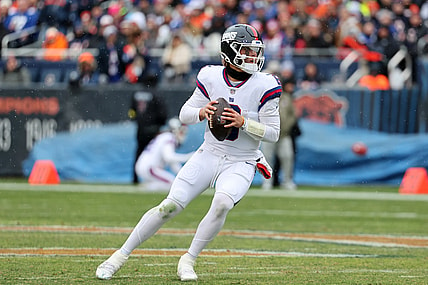
An available former Super Bowl-winning coach is gushing about Jaxson Dart. Is he campaigning to become the New York Giants'…

The San Francisco 49ers have had some great receivers. Yet, if trade discussions had gone their way, the 49ers would…
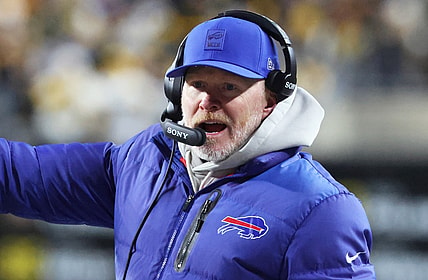
A current member of the Buffalo Bills is reportedly contemplating retirement, and there's a chance he won't play again this…

The Las Vegas Raiders can take some positives from their 31-14 loss to the Los Angeles Chargers, specifically from their…
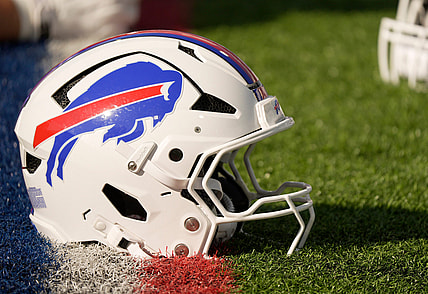
The Buffalo Bills may be getting a significant upgrade to their defense, just in time for Sunday's game against the…
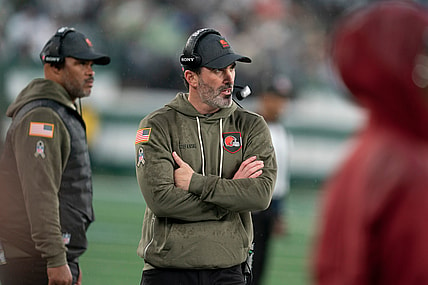
It's possible that the Cleveland Browns move on from Kevin Stefanski this offseason. If so, there are two NFL teams…

Will Justin Jefferson demand a trade from the Minnesota Vikings this offseason? After their quarterback struggles, you never know...
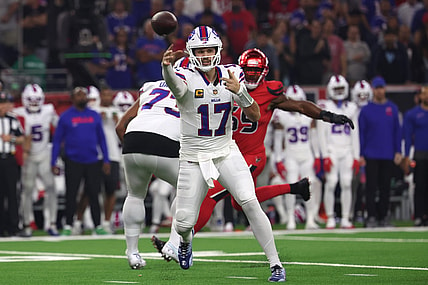
Josh Allen is officially a late bloomer in Year 8. He can still win a Super Bowl for Buffalo—but only…
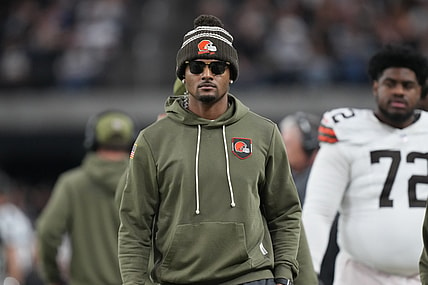
Do the Cleveland Browns want to get a look at Deshaun Watson before the 2025 season expires? That could be…

Is it time for the Pittsburgh Steelers to part ways with Mike Tomlin? A former Super Bowl-winning Steelers legend chimes…

The Pittsburgh Steelers have now added a two-time Pro Bowl player just in time to prepare for Sunday's game.

Find out which All-Pro player the Pittsburgh Steelers are cutting bait with after this past Sunday's 26-7 loss.

The Washington Commanders are already being linked to a $120 million wide receiver this offseason. Who is it?
